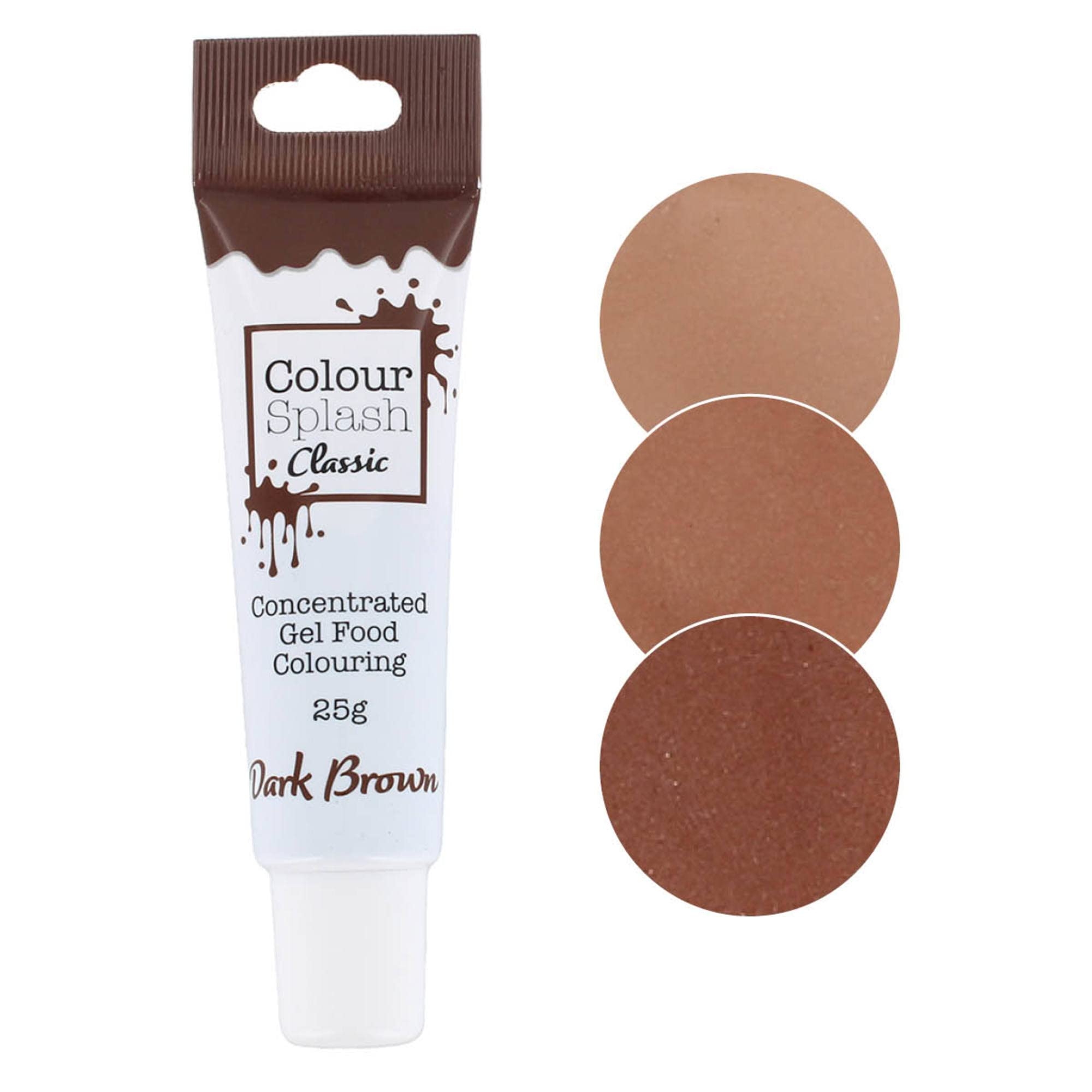Food colouring is a common ingredient used in a variety of foods to enhance their appearance and make them more visually appealing. Whether it’s a vibrant red velvet cake or a colorful batch of cupcakes, food colouring plays a crucial role in making our food look more appetizing.
But have you ever wondered what exactly goes into making those bright and bold colours? Let’s take a closer look at the ingredients commonly found in food colouring.
Ingredients in Food Colouring
1. Synthetic Food Dyes: Many food colourings contain synthetic dyes such as Red 40, Yellow 5, and Blue 1. These dyes are derived from petroleum and can be found in a wide range of processed foods, beverages, and even medications. While they are FDA-approved, some studies have raised concerns about their potential health risks.
2. Natural Food Colouring: In recent years, there has been a growing demand for natural food colouring made from fruits, vegetables, and other plant-based sources. Ingredients like beet juice, turmeric, and spirulina are commonly used to create vibrant hues without the use of synthetic dyes.
3. Water: Water is often used as a base for food colouring to dilute the concentrated dyes and make them easier to mix into food products. It helps to achieve the desired shade of colour and ensures even distribution throughout the mixture.
4. Preservatives: Some food colourings may also contain preservatives to extend their shelf life and maintain their stability over time. These preservatives help prevent the growth of harmful bacteria and mold, ensuring that the colouring remains safe for consumption.
5. Stabilizers: Stabilizers are added to food colouring to prevent separation and maintain a consistent texture. They help to keep the colouring evenly dispersed in the product and prevent it from clumping or settling at the bottom of the container.
In conclusion, food colouring is a key ingredient in many of the foods we consume on a daily basis. Whether synthetic or natural, these colourings are carefully formulated to provide the vibrant colours we love. As consumers become more conscious of what goes into their food, the demand for natural food colouring options continues to rise.
